Just-planted red maple leaves turn red
daniel_cl
13 years ago
Related Stories

TREESGreat Design Plant: Coral Bark Japanese Maple, a Winter Standout
Go for garden gusto during the chilly season with the fiery red stems of this unusual Japanese maple
Full Story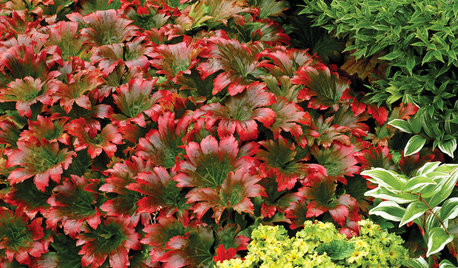
RED FOLIAGEGreat Design Plant: Red-Leafed Mukdenia
Creamy white blossoms give way to splashes of scarlet with this energetic, dramatic ground cover
Full Story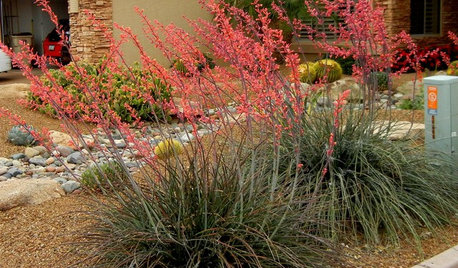
GARDENING FOR BUTTERFLIESGreat Design Plant: Red Yucca Spikes Dry Spots With Color
Neither heat nor cold nor lack of water fazes this flowering succulent, which adds spiky texture to Southwestern landscapes
Full Story
TREES11 Japanese Maples for Breathtaking Color and Form
With such a wide range to choose from, there’s a beautiful Japanese maple to suit almost any setting
Full Story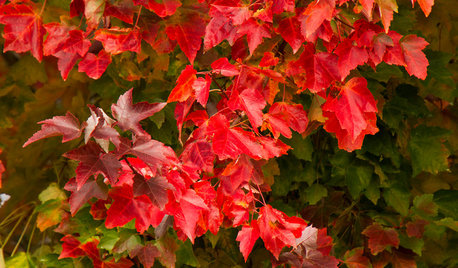
TREESGreat Design Plant: Acer Rubrum Brings Shade and Beauty
Red maple — a fast-growing, low-maintenance Eastern native — has spectacular fall foliage and early-spring flowers that feed pollinators
Full Story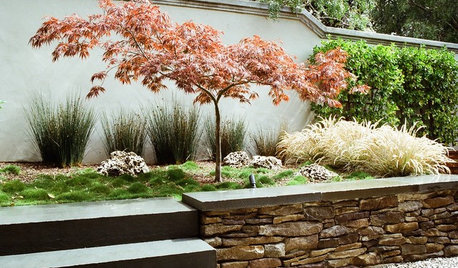
GARDENING AND LANDSCAPINGGreat Design Tree: Japanese Maple
Lacy form and fiery fall color make Japanese maple a welcome tree for garden or patio
Full Story
GARDENING GUIDESWhat's Wrong With My Plant? Leaves Often Hold the Clues
Learn how to identify common plant ailments by reading their leaves
Full Story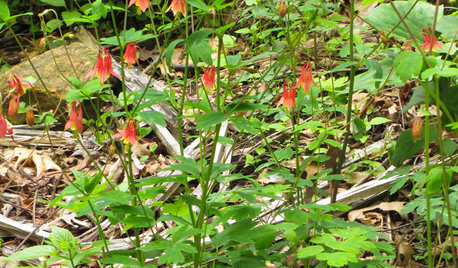
FLOWERS AND PLANTSRoll Out the Welcome Mat for Hummingbirds With Red Columbine
Grow Aquilegia canadensis in eastern perennial gardens or informal woodland plantings for its delicate foliage and uncommon red flowers
Full Story
COLORWhat Goes With Red Walls?
These coordinating colors and materials will make your red walls look right at home
Full Story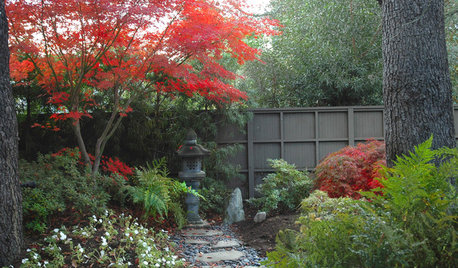
COLORNature’s Color Wisdom: Lessons on Red From the Great Outdoors
Dab some of Mother Nature’s rouge around the home for an eye-opening look
Full Story





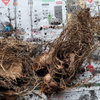
xaroline
bonniepunch
Related Professionals
River Forest Landscape Architects & Landscape Designers · South Elgin Landscape Architects & Landscape Designers · Wareham Landscape Architects & Landscape Designers · Billerica Landscape Contractors · Allentown Landscape Contractors · Berkeley Heights Landscape Contractors · Cedar Hill Landscape Contractors · Cockeysville Landscape Contractors · Dixon Landscape Contractors · Golden Landscape Contractors · Laguna Hills Landscape Contractors · Old Saybrook Landscape Contractors · Paterson Landscape Contractors · Pine Hills Landscape Contractors · Waldorf Landscape Contractorsdaniel_clOriginal Author
ianna
daniel_clOriginal Author
ianna
daniel_clOriginal Author
ianna
daniel_clOriginal Author
ianna
daniel_clOriginal Author